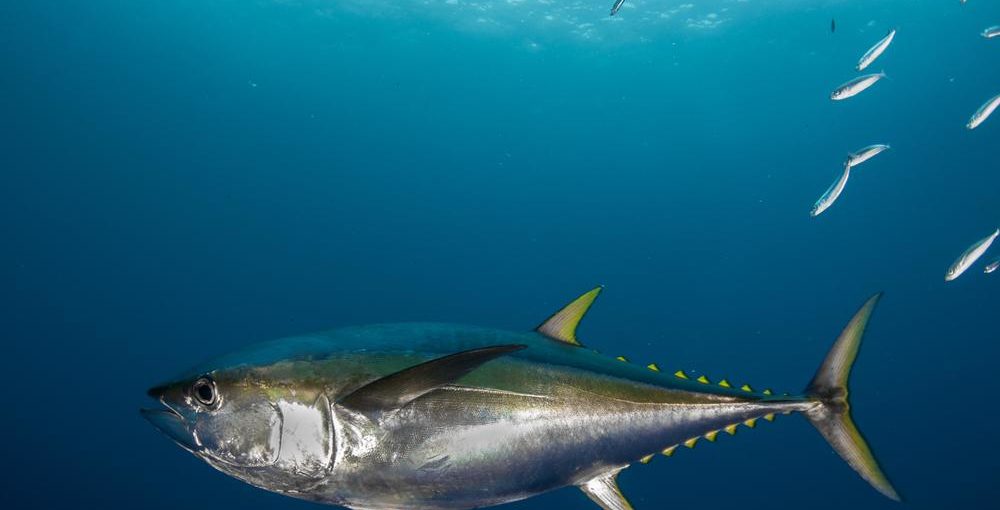Costa Rica’s New Fishing Laws Are Working
Dramatically tightened restrictions on foreign purse-seiners have meant more yellowfin tuna, and far fewer dolphins and billfish killed as bycatch in Costa Rican waters
Tighter regulations to protect Costa Rica’s offshore resources are paying off in a big way, according to Todd Staley, with FECOP, a Costa Rican nonprofit sport-fishing federation.
Staley says that sport-fishing boats are seeing bigger schools of yellowfin tuna as well as larger groups of spinner and spotted dolphins as a result of the country’s restrictions on purse-seining. The purse-seine bycatch of billfish in the country’s waters have also declined — from more than 30 metric tons annually to just over 5 metric tons.
__________________________________________________________________________________
Those restrictions, signed into law by Costa Rica’s president Luis Guillermo in 2014, prohibit tuna purse-seine operations within 45 miles of the coast. “This effectively prohibits tuna purse-seining in more than 200,000 square kilometers of territorial waters,” says Staley, also the director of fishing for Crocodile Bay Resort.
__________________________________________________________________________________
Before the decree, says FECOP’s director of science Moises Mug, 44 foreign tuna boats were catching 25,000 metric tons of tuna annually, with just 36 percent of that going to local ports; the remainder was delivered to foreign ports.
This year, only seven to nine licenses to seine tuna are being sold to foreign fleets (there are no Costa Rican-flagged purse seine vessels), with a quota limit of 8,000 to 9,000 metric tons, and all going to local canneries. This measure should continue to “reduce the bycatch impact that tuna purse seiners have on marine mammals, billfishes, sharks, dorado and wahoo,” Mug says. He adds that “This is great news also for spinner and spotted dolphins, which have a symbiotic relationship with yellowfin tuna in the eastern tropical Pacific. Dolphin are often netted during the process of catching tuna; they are later released, though not without injuries.”
Legislation is pending to make that restriction in purse seining in Costa Rican waters permanent, Staley says.
FECOP is currently investing more than $100,000, working with two government agencies, in a technical learning institution where fishermen will be trained and certified. Staley says the training will include the use of green sticks — a selective method for tuna that entails virtually no bycatch (which will still further reduce billfish bycatch) — and proper handing of the product to receive optimal market value
Related Articles
Costa Rica Fishing – How to Have a Responsible Trip
Fisherman report more dolphin tuna along Pacific Coast
Help Save Costa Rica’s Charter Fishing Industry
Yellowfin Tuna, Costa Rica’s Blood Diamond
You Might Also Like
[post-carousel-pro id=”5407″]

























